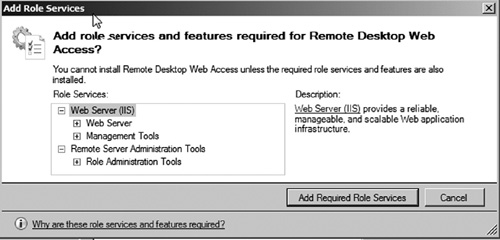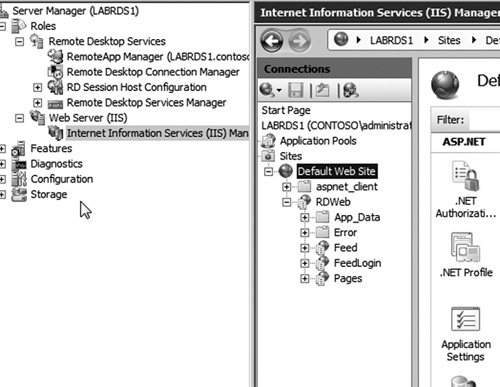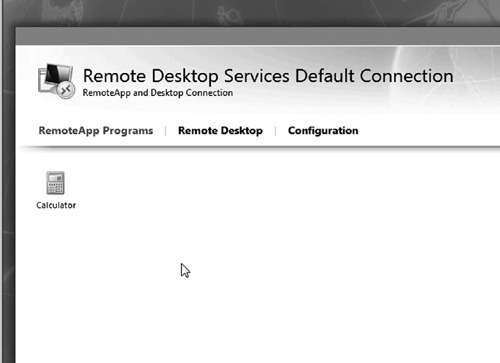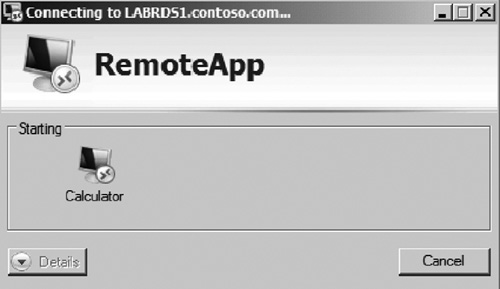3. Installing and configuring Remote Desktop Web Access
Remote Desktop Web Access creates a Web-based portal
with links to RemoteApps. Deploying Remote Desktop Web Access, in most
cases, can remove the administrative burden of having to create and
manage custom RDP connection files. Users simply locate and access
RemoteApps by logging into the Remote Desktop Web Access portal. Within
the portal, they will see shortcut links to the RemoteApps that they
have access to.
To install and configure Remote Desktop Web Access perform the following:
1. | Open Server Manager.
|
2. | Select the Roles node. Then click the Add Role Services link under the Remote Desktop Services role.
|
3. | Select the Remote Desktop Web Access
option. You may be prompted to add the Internet Information Services
(IIS) Role, as it is a prerequisite for Remote Desktop Web Access. If
presented with a prompt to install other role services as seen in Figure 17, click Add Required Role Services. Then click Next.

|
4. | If
IIS is not installed, you will need to select options for installing
IIS. In this exercise, use the default selections, and then click Next.
|
5. | Click Install at the confirmation page. When the installation is complete, click Close.
|
After
the wizard completes the installation you should notice that IIS has
been added to the server and the Remote Desktop Web Access portal has
been set up under the Default Web site as seen in Figure 18. The site can be accessed via the URL https://servername/RDWeb.

|
Remote Desktop Web Access SSL certificate
The Remote Desktop Web Access Web site uses a
self-signed certificate by default. For production deployments, you
should request a certificate from an enterprise PKI or a public
certificate provider.
|
You can easily display a RemoteApp to the Web site
from the RemoteApp Manager console. Simply right click the program and
select the option Show in RD Web Access (see Figure 19).

The RemoteApp should now be visible on the Remote Desktop Web Access site. To access the RemoteApp, perform the steps below:
1. | Browse the URL of the Remote Desktop Web Access Web site (https://servername/RDWeb). Ignore any certificate warnings. These are due to the certificate being self-signed.
|
2. | At
the logon prompt, enter your Active Directory username and password. Be
sure to use the format domain\username in the username field
(Contoso\John). Then click Logon.
|
3. | After you logon, you will be taken to the RemoteApp Programs page as seen in Figure 20. Here you will see RemoteApps that you have access to.

|
4. | To launch a RemoteApp, click the icon. This will start the connection process as seen in Figure 21.

|
5. | Shortly after the connection process starts, the application show appears.
|
The
Remote Desktop Web Access interface is security trimmed, meaning that
users will see only applications to which they have been provided
access via Remote Desktop Session Host.